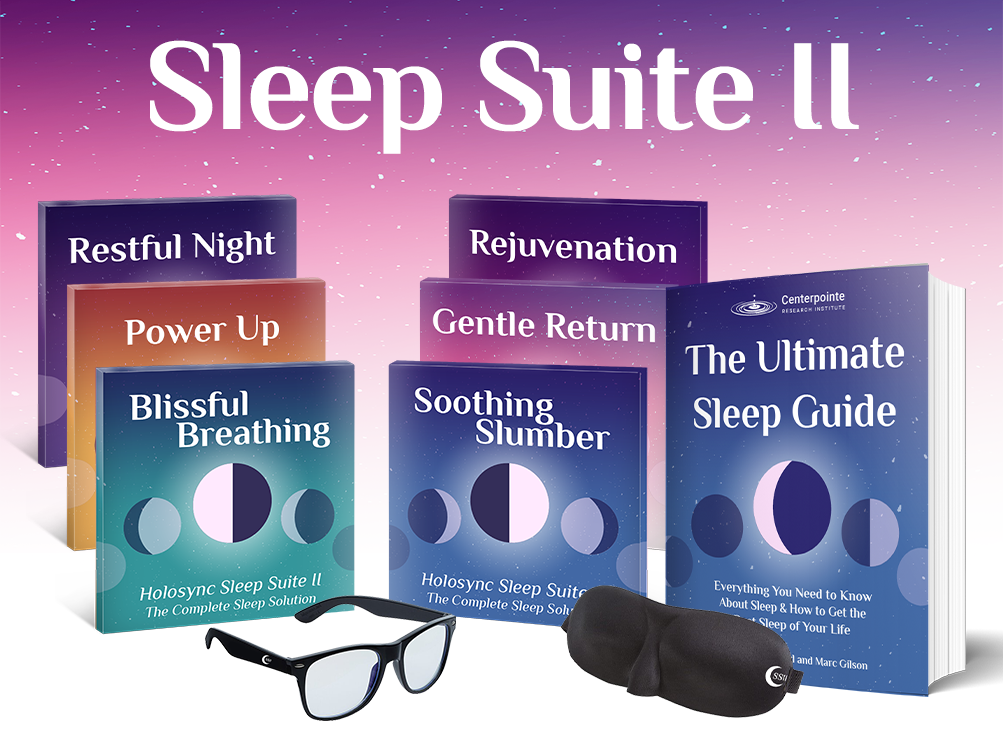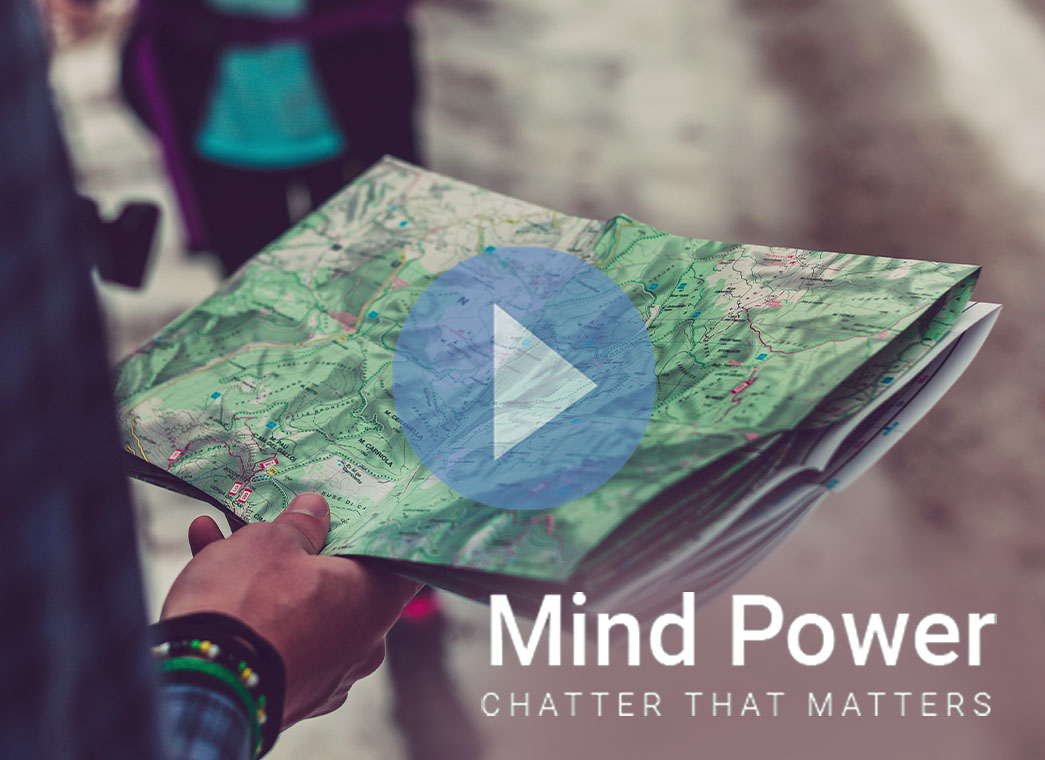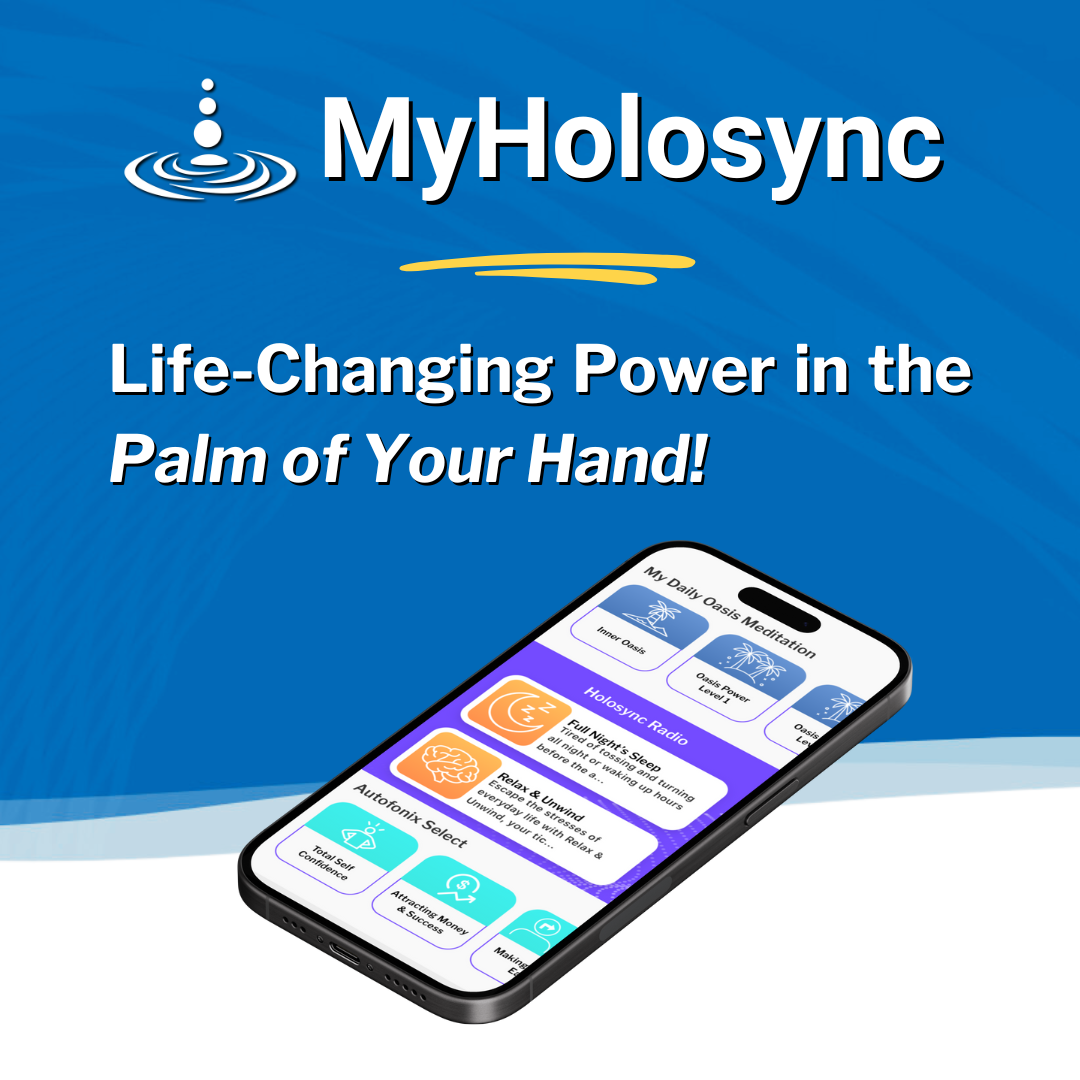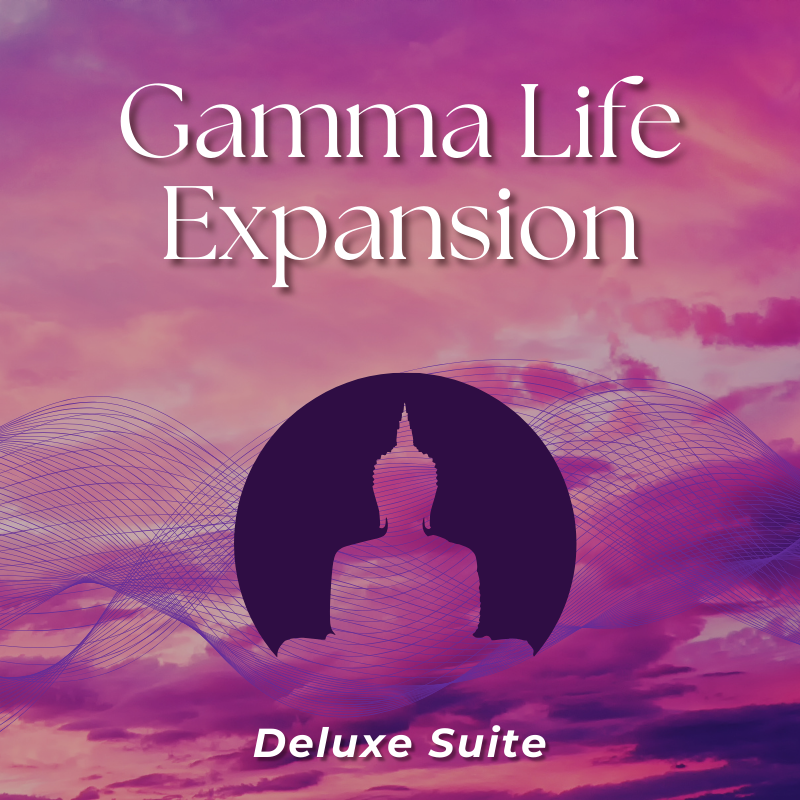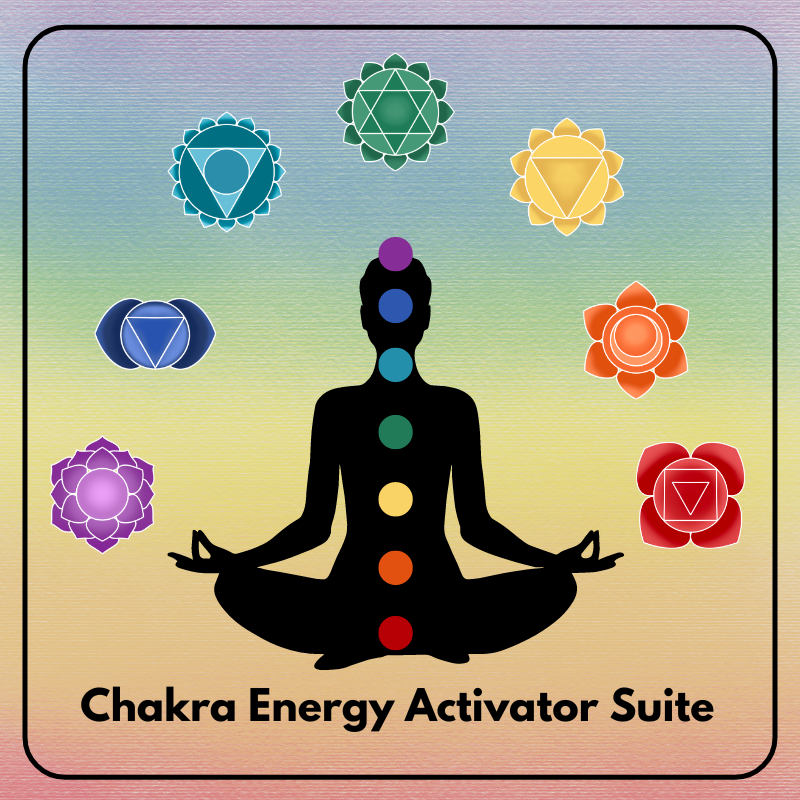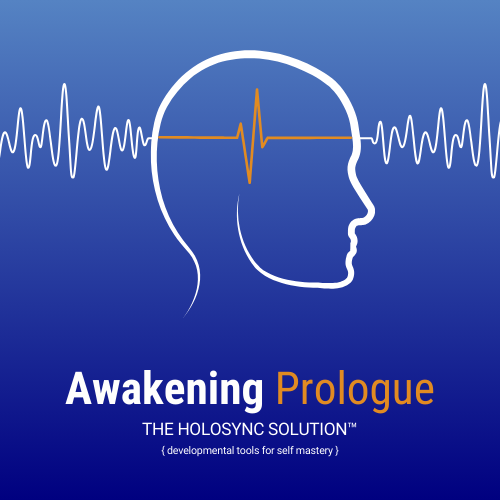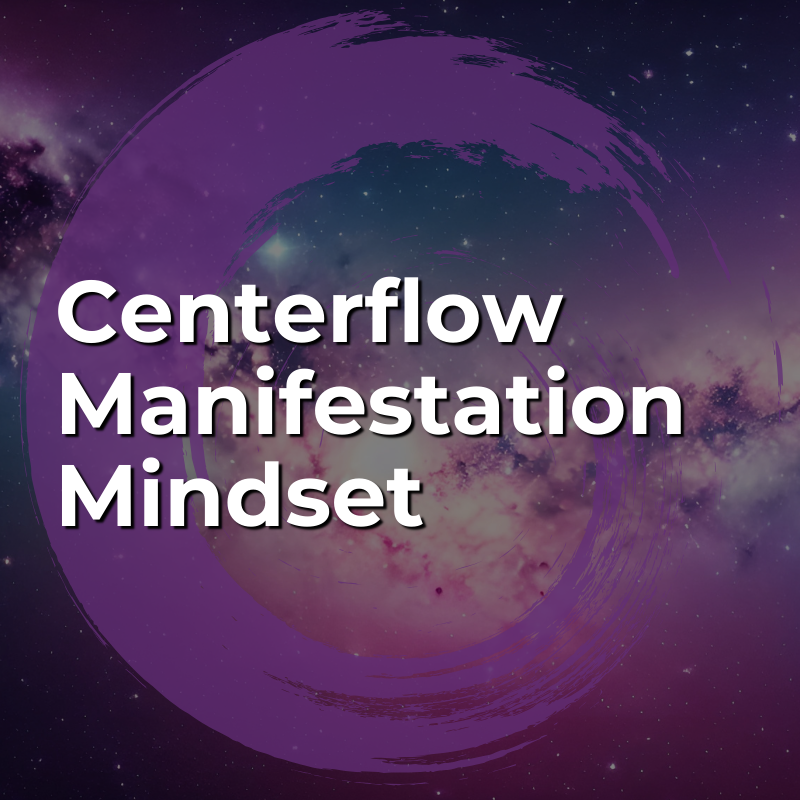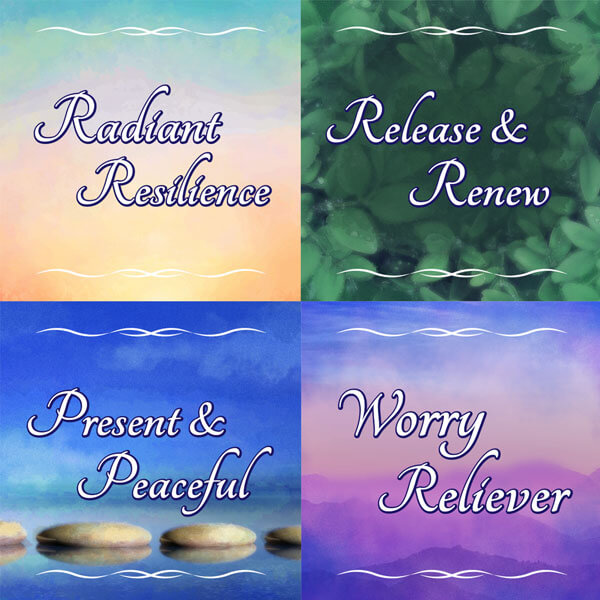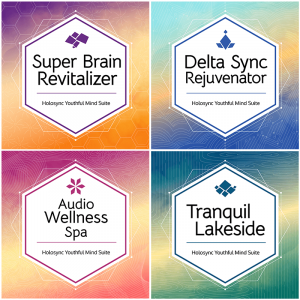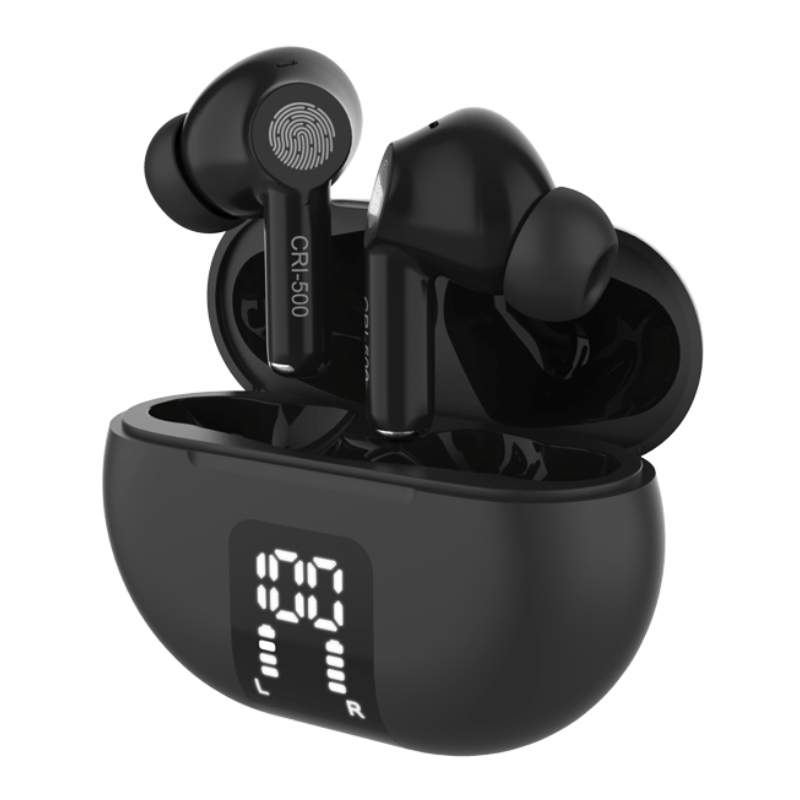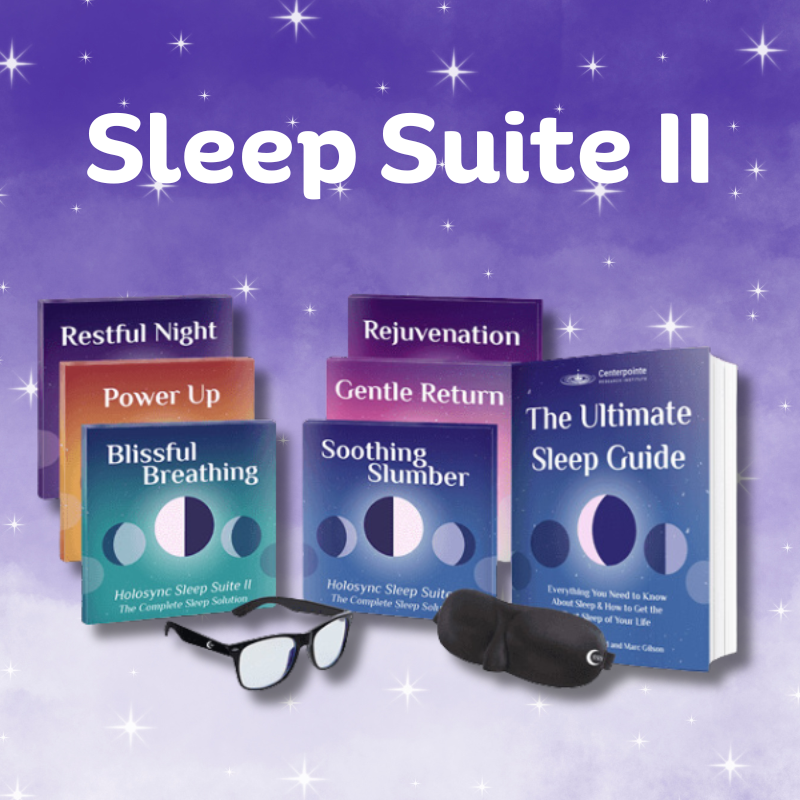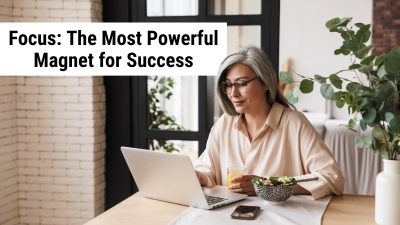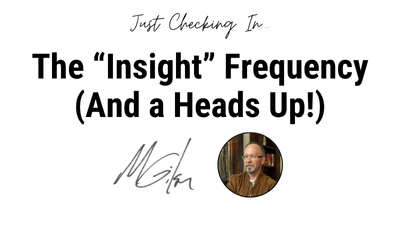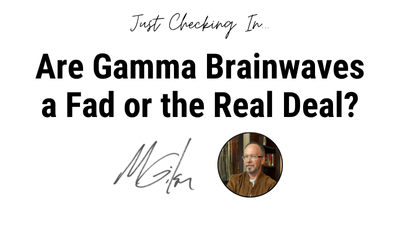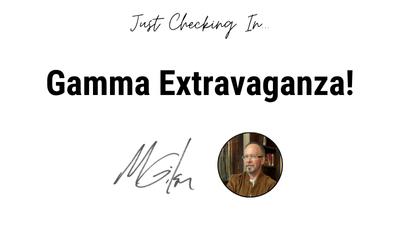
Issue #375 – Monday, June 5th, 2023
Most of us experienced a new sense of isolation during the pandemic.
But did you know that there was already a “loneliness crisis” building before 2020?
And it got much worse thanks to the lockdowns over the last few years.
Ironically, while technology has made it easier for us to have tons of online “friends” and see what they are doing…
…we’re actually in the middle of a social decline when it comes to the quality of our connections.
And this has a major impact on our mental health.
That’s why today I’m sharing a powerful essay from Centerpointe Director of Client Services Marc Gilson.
Marc explains this “loneliness paradox” and shares some tips on how you can break free.
I know you’re going to love this!
Cheers,
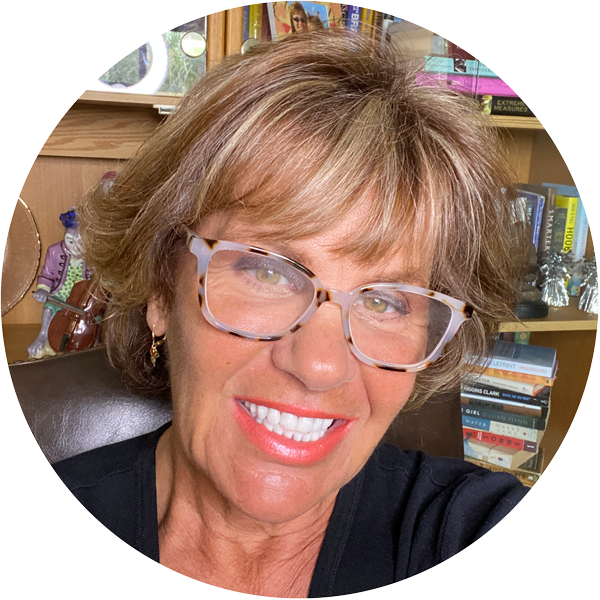
Centerpointe CEO
P.S. It’s never been easier to fix your broken sleep cycle, balance your circadian rhythm, harness the power of power naps, and so much more!
That’s because the strongest all-in-one sleep fix is finally here!
It’s the Holosync Sleep Suite II: the Complete Sleep Solution!
Scroll down to our Check it Out Section below to learn more.
Disconnected
Why the Loneliness Paradox
May Be the Next Health Crisis
By Marc Gilson
Never in the history of the world have we been more connected than we are today.
From the comfort of your sofa, you can have a real-time conversation with someone in Brazil, Japan, or even Antarctica. At the touch of a button, you can “face-time” with your sister who loves across the country, or have a video chat with your family doctor. Heck, you could even tune into a livestream of what the folks on the International Space Station are up to right now.

So why, in this age of hyper-connectedness, do we feel so lonely?
Despite technology’s ability to keep us connected to others, more and more people of all ages are reporting that they feel isolated, alone, and disconnected. It’s not just a paradox, it’s a potential crisis, and some experts are sounding the alarm.
A Building Storm
Recently, Dr. Vivek Murthy, the Surgeon General of the United States, published a report called “Our Epidemic of Loneliness and Isolation.” This was an official health advisory regarding what he considers to be a serious public health problem.
He began by saying this:
“When I first took office as Surgeon General in 2014, I didn’t view loneliness as a public health concern.
But that was before I embarked on a cross-country listening tour, where I heard stories from my fellow Americans that surprised me.
People began to tell me they felt isolated, invisible, and insignificant. Even when they couldn’t put their finger on the word “lonely,” time and time again, people of all ages and socioeconomic backgrounds, from every corner of the country, would tell me, “I have to shoulder all of life’s burdens by myself,” or “if I disappear tomorrow, no one will even notice.”
It was a lightbulb moment for me: social disconnection was far more common than I had realized.”
Okay but is loneliness really that big of a deal?
Let’s look at the Surgeon General’s Advisory (and some other sources), which drew on data supplied by over 50 mental health experts in the field.
- Over one-third of all Americans report experiencing loneliness. This is because of the pandemic, right? Not entirely. The data presented by the Surgeon General shows loneliness was a growing problem even before lockdowns and flight restrictions.
- Loneliness isn’t just a sad feeling. It poses serious health risks like cardiovascular disease, stroke, hypertension, and depression. Research shows that chronic loneliness is like smoking nearly a pack of cigarettes a day and increases the risk of premature death by nearly 30%...a stunning figure.
- Chronic loneliness increases the risk of developing dementia by a staggering 50% among older people. Dr. Steve Cole, director of the Social Genomics Core Laboratory at the University of California believes loneliness “acts as a fertilizer for other diseases,” and can, “accelerate the buildup of plaque in arteries, help cancer cells grow,” and even lead to diseases like Alzheimer’s.
- Loneliness is a serious problem for many elderly people. Half a million older people in the US alone go five or six days at a time without speaking to anyone at all. About 60% of nursing home residents never get visitors from friends or family. Two in every five older people say their main source of companionship is their television.
- Loneliness is rising fastest among our youth. It’s increased every year between 1976 and today. The majority of teens report feelings of sadness and depression associated with loneliness.
The Source of Our Loneliness
So what’s going on here? In an age where we’re hyper-connected thanks mainly to digital technology, why the paradoxical rise in loneliness?
Here are only a few reasons why we’re feeling so isolated:
- A heightened dependence on digital technology over in-person interactions. More texting, less phone calls. More emails, less in-person conversations. Some studies have shown a link between social media use and loneliness; those reporting more than two hours per day on social media were twice as likely to report feelings of social isolation.
- Smaller social circles. In 2021, almost half of all Americans said they had only three or fewer close friends (only about a quarter said the same thing in 1990).
- More people are living alone. In 1960 single person households accounted for 13% of all households. Today that number has more than doubled to almost 30%.
- A more divisive world means less opportunities for healthy and civil connection. Lately, the world seems polarized and combative, leaving only room for extreme voices, and causing many to avoid the potential drama that can come from virtually any social interaction.
But there’s more than politics, socio-economics, and technology to consider. It turns out that, as with many of life’s challenges…
…our brains are playing a role, too.
Neuroscientists say that the brain, having evolved to seek safety in numbers, views loneliness as a threat. It causes the parts of the brain that scan for danger become overactive, triggering a release of fight-or-flight stress hormones. Blood pressure rises. Respiration becomes constricted.
But with chronic loneliness, the brain makes a startling change - a full 180 degree pivot - from seeking connection to avoiding it. To an isolated brain, connection with other people is a potential threat, leaving us even more isolated and alone.
Solutions for Loneliness
How do we combat this growing problem of loneliness? Well, here are three places to start.
1. Value What You’ve Got
First, nurture your existing relationships. Even if your social circle is very small, make time to connect with them. Consider setting up a weekly phone call, or even better, meet up at the local coffee shop and chat for an hour or two. Invite a friend to take a walk in the park on your lunch break.
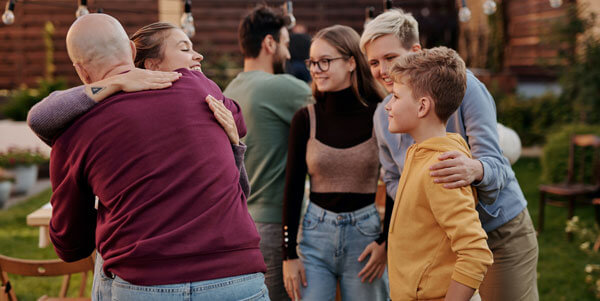
Be open to bringing others into your social circle. Do you have two friends that don’t know one another? Consider introducing them and turn a small circle into a larger group.
Too often, we take existing relationships for granted, so be sure to invest some time and effort to maintain and strengthen your connections to those you already know.
2. Crack the Comfort Zone Shell
There’s a reason they call it a “comfort zone,” right? But breaking free of our isolationist habits means taking steps that might not feel too comfortable at first.
The key is to take small steps and set realistic goals. You don’t need to go from solitary couch potato to delivering a TED talk to ten thousand people in one day. But if you’re proactive, patient, and persistent, good things will happen.
Say “yes” when opportunities to connect arise. And if they don’t, create your own opportunities by visiting your local coffee shop, signing up for an in-person cooking class, or reaching out to an old friend you haven’t seen in awhile.
Comfort is wonderful, but don’t let it keep you stuck in a pattern of isolation and separation.
3. Reach In Before Reaching Out
It might seem counter-intuitive, but sometimes we need to make our alone time worthwhile before we spend time with others. Mindful practices like meditation (ideally with Holosync), exercise, and other forms of self care can give us a solid foundation from which to begin building new connections with others.
When you develop a deeper understanding of your own needs, you’ll find it easier to connect to others in a genuine way. The better you know yourself, the easier it will be to get to know others, and you’ll find yourself building fulfilling relationships that enrich your life.
There’s nothing wrong with being alone. But when loneliness overtakes us like a dark cloud of sadness and despair, we must remember that we’re designed to be with one another. Make spending time with others a priority and let the light of connectedness shine through your life.
Check It Out!
Holosync Sleep Suite II
($50 Off When You Grab it Today)
(This is an upgraded version of the original Sleep Suite - you DO NOT need to
have the original Sleep Suite to benefit!)
There’s never been an easier way to get the best sleep of your life!
Already have the original Holosync Sleep Suite?
Reach out to Centerpointe Support for an even bigger upgrade discount!
Wise Words
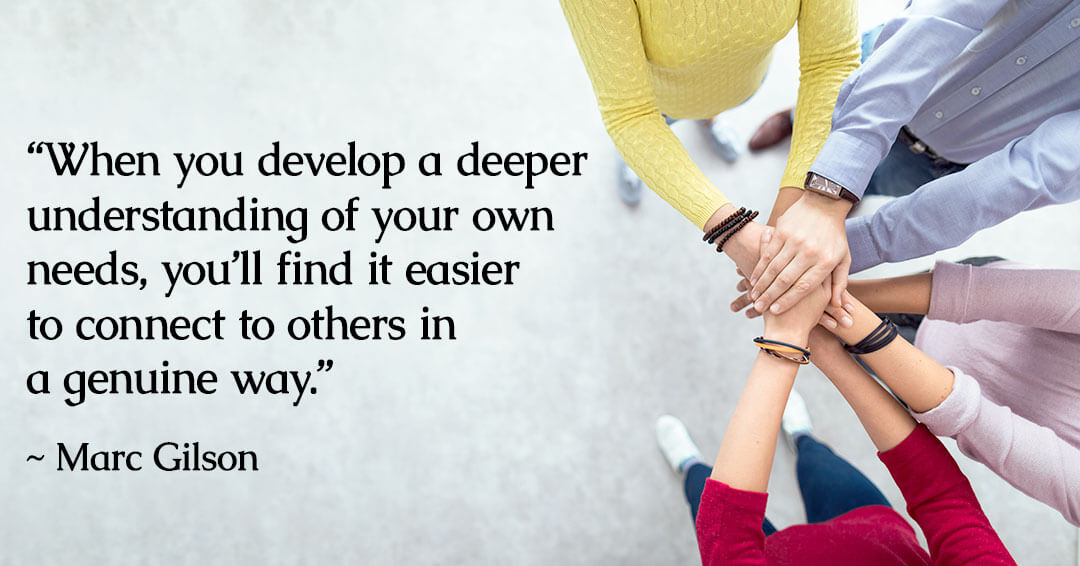
This Really Happened
It made me feel stronger, more confident although I will admit this idea has me slightly nervous but listening calms me. Each time I play this I am standing by a waterfall and body of water in a vast clearing. From day 1, each time I listen puts me back in that serene space instantly without trying.
~Ashiqua L.
5-Day Challenge Participant
We Want to Hear From You!
How strong is your social circle?
Post your story on our Facebook Page.
Not on Facebook? Tell me about the impact that meditation with Holosync has had on your daily life. Stress? Sleep? Weight Loss? Focus? Spiritual Connection? Other? Email your story here.

